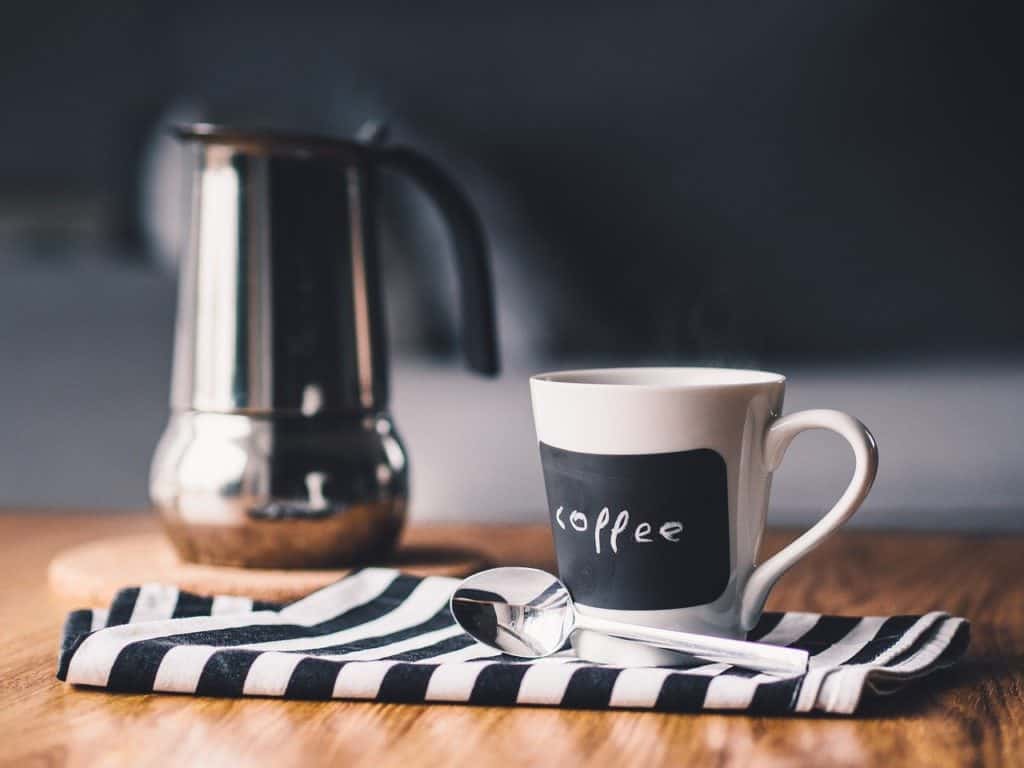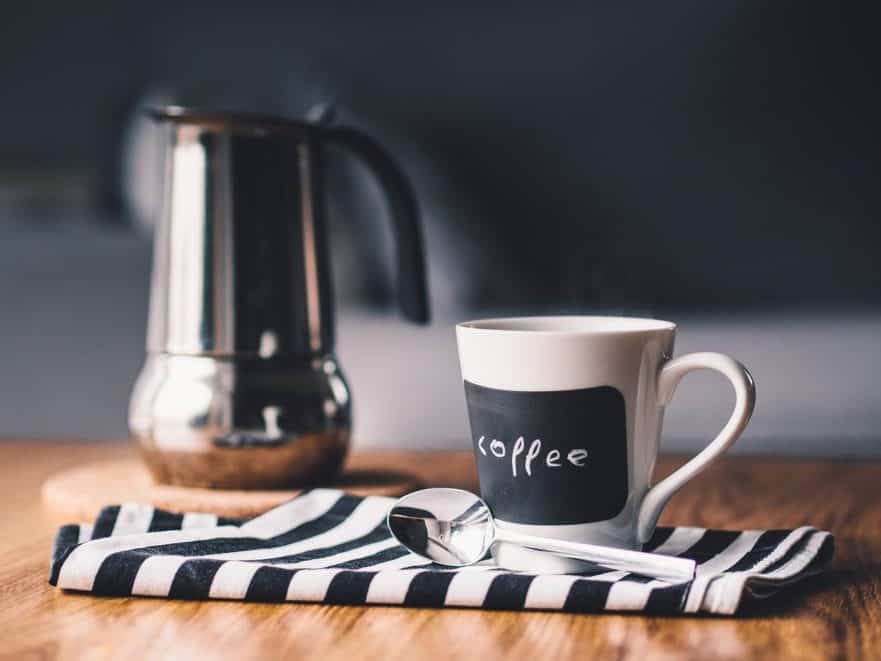
Ever ordered a “cup of Joe” and wondered where the phrase came from? This quirky nickname for coffee is a staple in American slang, but its origins are murky. Three main theories point to a Navy secretary, an Indonesian island, or the everyday American worker. Each has its charm, but none is definitive. Let’s dig into these theories, explore the evidence, and see why “cup of Joe” still brews curiosity today.
The Josephus Daniels Theory: A Navy Ban on Booze
One popular story ties “cup of Joe” to Josephus Daniels, the U.S. Secretary of the Navy under President Woodrow Wilson. In 1914, Daniels issued General Order 99, banning alcohol on Navy ships to promote discipline. With booze off the menu, coffee became the go-to drink for sailors. The legend goes that sailors nicknamed their daily brew “Joe” after Daniels, either as a nod or a jab at his strict rule.
This theory is compelling because it ties coffee to a specific historical event. Daniels’ ban likely boosted coffee consumption on ships, and “Joe” could have been a playful shorthand. However, there’s a catch: the phrase “cup of Joe” doesn’t appear in print until 1930, over a decade after Daniels’ tenure. If sailors were calling coffee “Joe” in the 1910s, you’d expect earlier references. Linguists also note that slang often spreads faster than this gap suggests. Still, the story’s Navy roots and American exclusivity give it some weight.
The Java Connection: From Island to Slang
Another theory links “cup of Joe” to Java, the Indonesian island famous for its coffee exports. By the 1800s, Java was a global coffee powerhouse, and “java” became a slang term for coffee itself. Some argue that “Joe” is a shortened or playful version of “java,” reflecting coffee’s exotic origins. A related term, “jamoke” (a blend of Java and Mocha, another coffee region), was also slang for coffee in the early 20th century. Over time, “jamoke” could have morphed into “Joe.”
This theory holds up because “java” was widely used by the 1920s, and slang often evolves through abbreviation. The first recorded use of “cup of Joe” in 1930 aligns with this timeline, as coffee slang was common in diners and workplaces. However, there’s no direct evidence that “java” became “Joe,” and the leap feels speculative. Still, the global trade angle and coffee’s cultural spread make this a strong contender.
The Average Joe: Coffee for the Everyman
The third theory ties “cup of Joe” to “average Joe,” a term for the typical American worker. By the 1930s, coffee was a cheap, accessible drink, especially during the Great Depression when it fueled factory workers, truck drivers, and diner patrons. Calling coffee a “cup of Joe” might reflect its status as the working-class beverage of choice. The term “average Joe” dates back to the 1840s, and its use spiked in the 1930s, aligning with “cup of Joe’s” emergence.
This idea resonates because coffee was indeed the people’s drink, served in tin mugs at greasy spoons. However, linguists find little evidence that “average Joe” directly inspired the phrase. Military slang like “G.I. Joe” (popularized in WWII) might have reinforced “Joe” as a generic term, but it postdates the phrase’s first use. The theory’s strength lies in its cultural fit, not hard proof.
Other Possibilities: Jamoke and Beyond
Beyond the main theories, some suggest “cup of Joe” evolved from “jamoke,” the Java-Mocha blend term. Used in the 1920s for cheap coffee, “jamoke” might have been shortened to “Joe” in casual speech. Another idea points to African-American slang, where “joe” meant a friend or fellow, possibly influencing coffee’s nickname in urban diners. These lesser-known theories add depth but lack primary sources.
Why It Caught On
Regardless of its origin, “cup of Joe” stuck because it’s catchy and relatable. The 1930s and 1940s saw coffee’s rise in American culture, from roadside diners to WWII military rations. Short, punchy slang like “Joe” fit the era’s no-nonsense vibe. Today, the phrase evokes nostalgia, conjuring images of steaming mugs in classic coffee shops.
Theories Comparison Table
| Theory | Key Claim | Evidence Strength | Timeline Fit |
|---|---|---|---|
| Josephus Daniels | Navy alcohol ban made coffee “Joe” | Weak; late records | Poor (1930s) |
| Java/Jamoke | “Joe” from “java” or “jamoke” slang | Moderate; slang use | Good (1920s–30s) |
| Average Joe | Coffee as the “everyman’s” drink | Weak; cultural fit | Good (1930s) |
Final Thoughts
We may never pin down the exact origin of “cup of Joe,” but that’s part of its charm. Whether it’s a Navy tale, a nod to Java’s beans, or a salute to the working stiff, the phrase captures coffee’s role as a daily ritual. Next time you grab a cup, ask your barista if they’ve heard the stories—or better yet, share one. Coffee’s history is as rich as the brew itself, and “cup of Joe” is just one sip of it.

